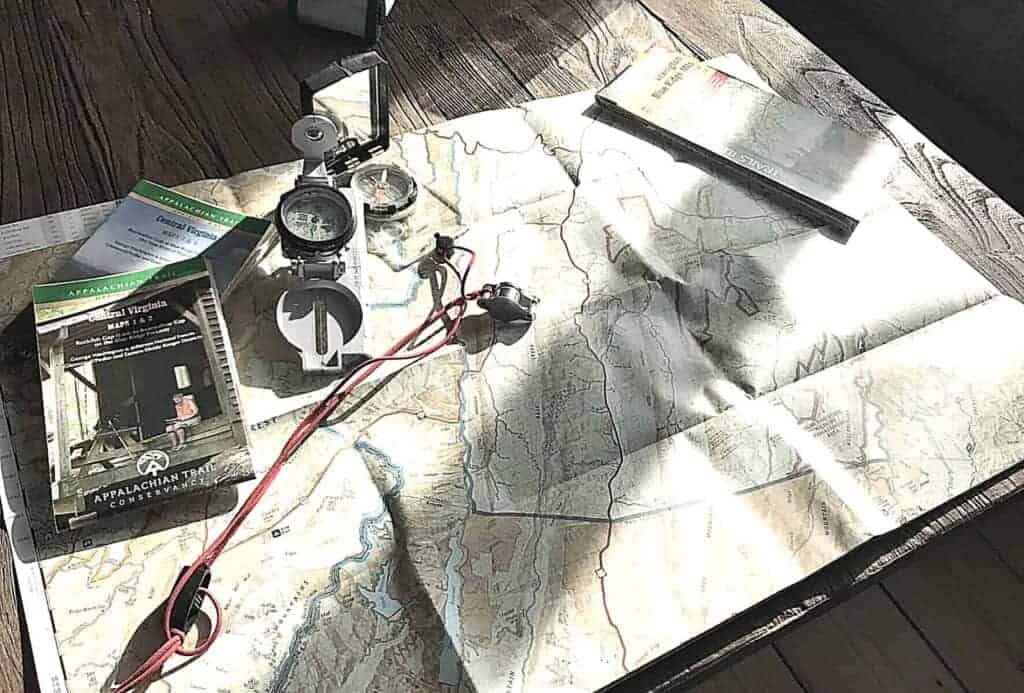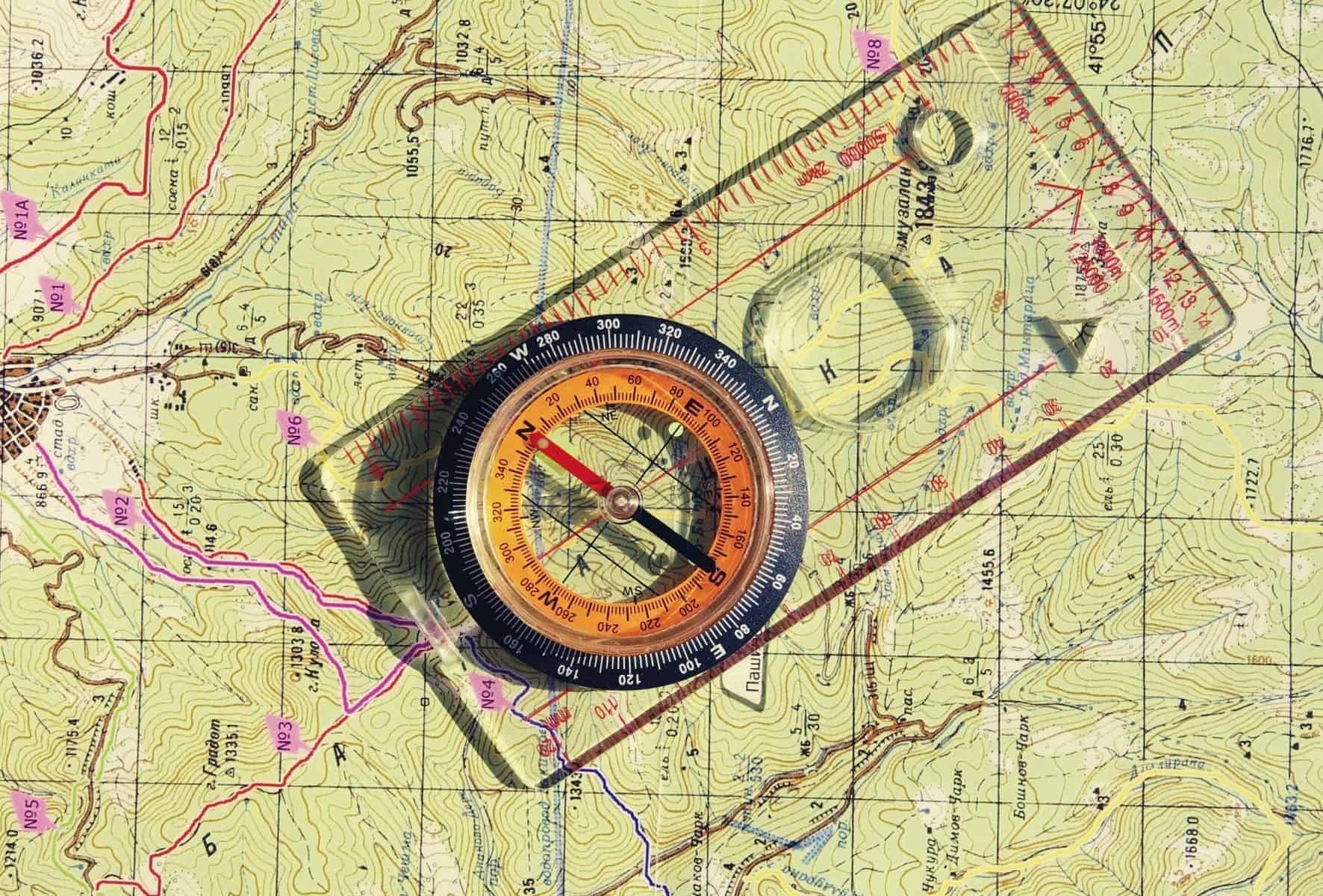Probably the most commonly asked question about filled compasses is what the heck are those little bubbles doing inside the housing?
The second and third questions normally go along the lines of are compass bubbles an issue? and, if so, how do we get rid of them?
Below, we answer each of these questions with a short, sweet, straight-talking explainer.
Why do bubbles form Inside Your compass?
Most compasses use some form of liquid inside the housing (usually kerosene, oil, or alcohol – only cheap liquid-filled compasses are filled with water) to reduce needle oscillations—that is, to stabilize and slow down the rate at which the compass’s magnetic needle moves so you can take a reading easily. The liquid also acts as a buffer that absorbs shocks caused by drops, bumps, and bangs.
Further reading: If your old compass has met its maker, then you’ll want to find a new one, and what better place to start than our guide to the “Best Compass for Hiking“.
However, certain conditions can cause bubbles to form in the liquid, namely cold ambient temperatures and pressure at high altitudes. Both of these conditions cause the compass oil inside the housing to contract, thereby leaving air bubbles in the unoccupied space.
If you are the observant type, you may well have noticed that your compass is bubble-free in summer and ‘bubbly,’ so to speak, when used in winter. This is also true of different times of day, with bubbles appearing more frequently in the morning when temperatures are cooler, and then disappearing in the afternoon as the temperature rises and the fluid expands.
Likewise, at higher altitudes, atmospheric pressure changes can cause the compass’s oil to contract temporarily.
Are compass bubbles a problem?
Small bubbles have no influence on the accuracy of a compass and in most cases will disappear when the compass is returned to sea level and/or warmer temperatures.
In fact, compasses are designed in such a way that the development of bubbles is actually both inevitable and desirable. The space created by an air bubble in cool conditions is a buffer, of sorts, that prevents the case from breaking when the oil expands in higher temperatures.

So that’s that, huh?
Not quite – so long as the bubble is smaller than ¼ of an inch in diameter then there is no need to rush out to buy a new compass.
There are, however, cases in which a bubble can affect your compass’s performance.
If the bubble is larger than ¼ of an inch in diameter, then the chances are the compass’s base or housing has developed a leak. In this case, the accuracy of the compass will probably be compromised and we recommend returning the unit if under warranty or buying a new unit if not.
If unsure whether or not your compass has developed a leak, inspect the seal around the housing for traces of moisture or mineral residue. If either of these giveaway signs is in evidence, then we recommend returning the compass to the manufacturer or buying a new one.
How to fix It
As mentioned above, getting rid of the bubbles could be as simple as returning it to warmer temps and sea level. To help this process along, you can place your compass on a window sill to warm in the sun for a few hours or, if out on the trail, place it in a pant or jacket pocket to allow it to be warmed up by your body heat.
If your compass develops an air bubble problem during the warranty period and the bubble doesn’t disappear at sea level and room temperature, however, most manufacturers will replace the compass with no questions asked.

